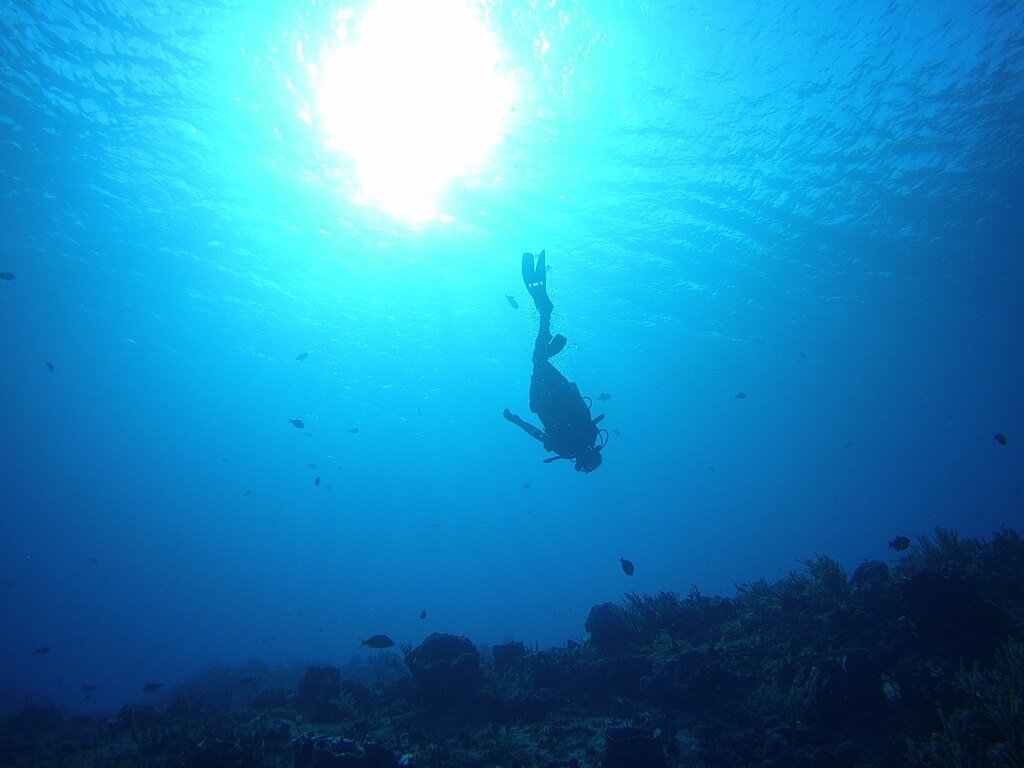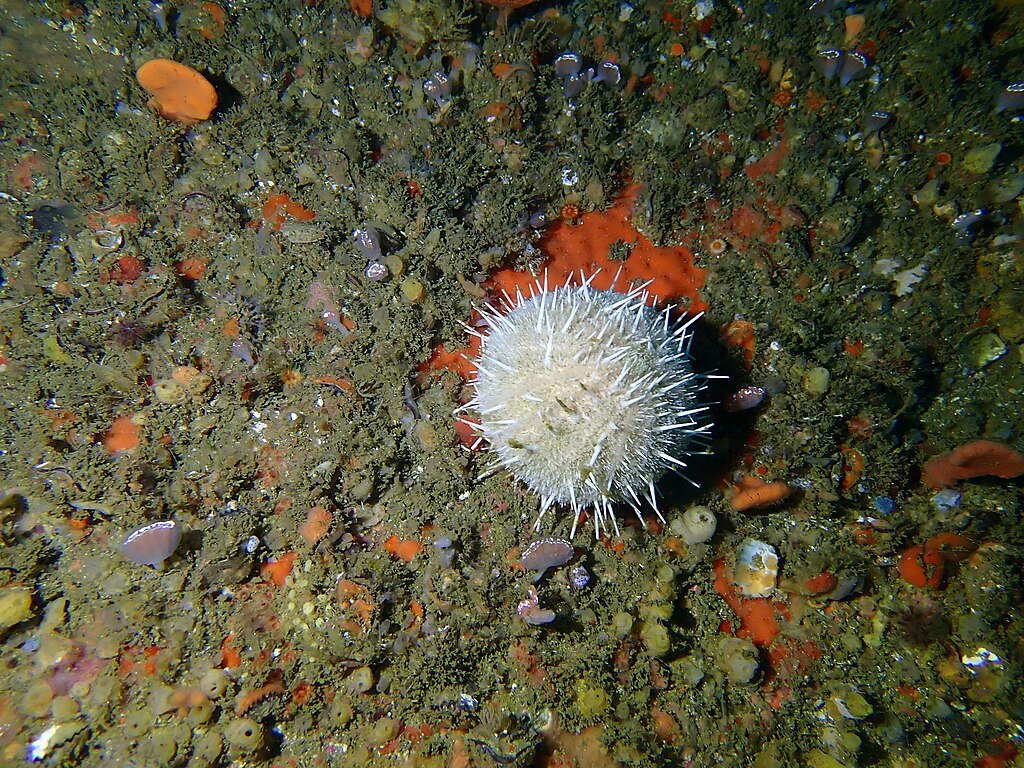Despite covering 66% of Earth’s surface, the deep ocean remains largely unexplored. A new study reveals that humans have visually observed only 0.001% of the deep seafloor, an area roughly the size of Rhode Island. This lack of exploration leaves vast ecosystems, potential scientific discoveries, and unknown species hidden beneath the waves.
How Scientists Measured Ocean Exploration

Researchers analyzed over 43,000 deep-sea dives conducted since 1958, tracking the paths of submersibles, remotely operated vehicles (ROVs), and autonomous underwater vehicles (AUVs). Using two estimation methods, they found that between 822 and 1,476 square miles of the deep seafloor had been visually observed—an astonishingly small fraction of the total ocean floor.
Why So Much of the Ocean Remains Unseen
Exploring the deep ocean is technically challenging and expensive. Extreme pressure, near-freezing temperatures, and vast distances make deep-sea research difficult. Additionally, 97% of recorded deep-sea dives have been conducted by just five countries—the U.S., Japan, New Zealand, France, and Germany—leading to geographic biases in exploration.
What Could Be Hidden in the Deep?
The unexplored deep ocean may contain undiscovered species, new ecosystems, and valuable scientific resources. Hydrothermal vents, alkaline seeps, and deep-sea trenches host unique life forms, some of which could hold medical or technological breakthroughs. Scientists believe that further exploration could reshape our understanding of marine biodiversity.
Conclusion

With 99.999% of the deep ocean still unseen, researchers emphasize the need for expanded exploration efforts. As climate change, deep-sea mining, and resource exploitation threaten marine environments, understanding the deep ocean’s ecosystems and processes is more critical than ever.
Source:





